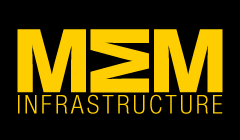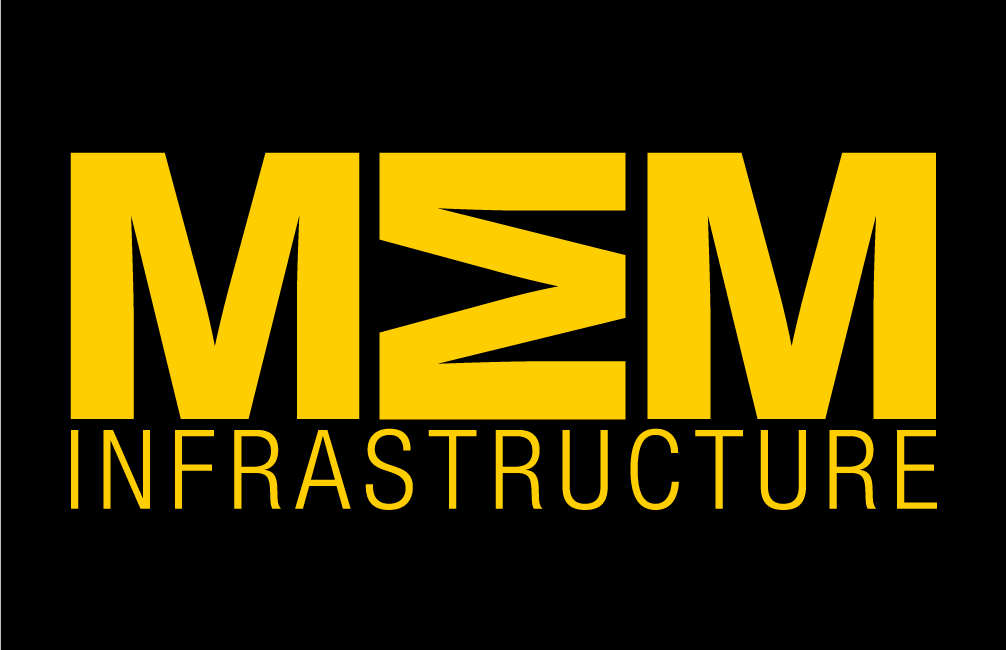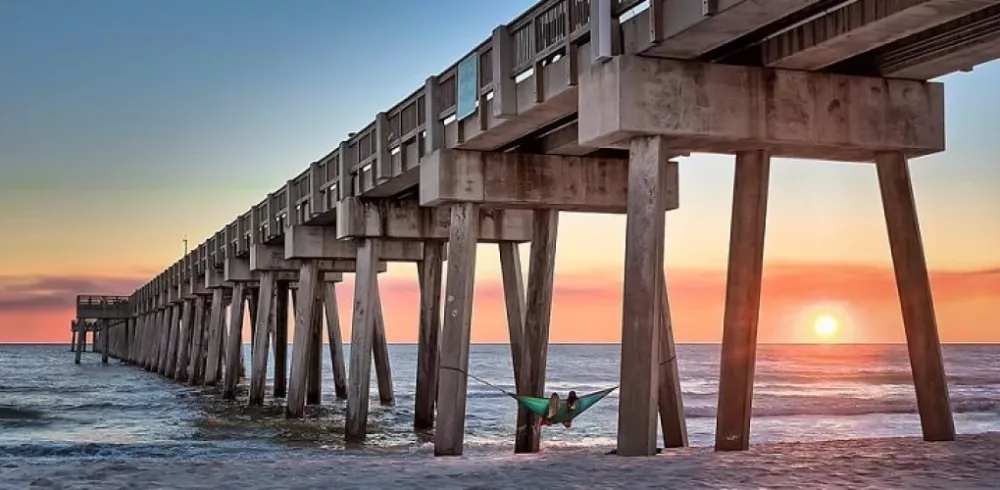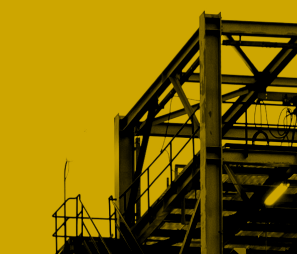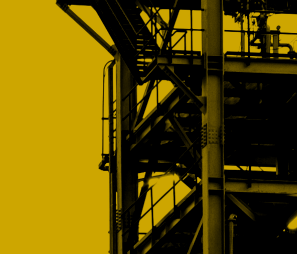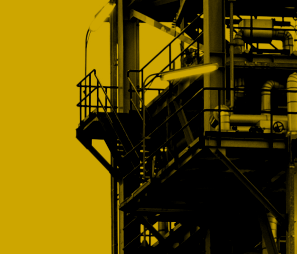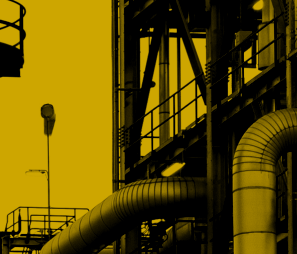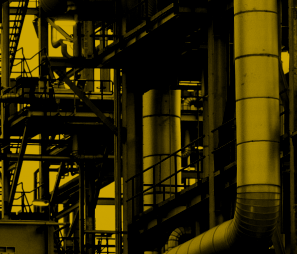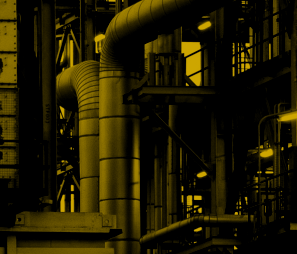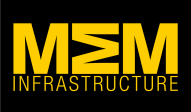Human Spine Inspired Bridge Pier : Engineers in the UK have started working on the development of a durable, low maintenance, and low carbon bridge pier inspired by the anatomy of the human spine. It can be easily built in only two days and demounted at the end of its life, while the design can endure earthquakes and damage caused by traffic and cold weather.
Project Leader Dr Mehdi Kashani says that the already existent bridges suffer from corrosion caused by salt spreading during the winter months, particularly in colder countries such as UK, US, Canada, and Japan, therefore they need expensive maintenance. They also tend to crack when exposed to dynamic loading, such as the one from a high speed train or an earthquake.
Instead of being fixed like these bridges, the human spine is made up of a number of vertebrae that are stacked flexibly on top of each other, allowing it to move freely. The intervertebral discs between the vertebrae dissipate energy from the movement of the body and absorb and transmit forces without damaging the vertebrae: The vertebrae rock on top of the intervertebral discs, and the discs act as shock absorbers, he said.
The new bridge pier will be based on this model, with precast composite segments with no reinforcing steel. The âintervertebral discsâ will go in between those solid segments and will be built of a new smart composite material that is being developed by the team. It will prevent the vertebrae from rubbing against each other, it will absorb impacts caused by the rocking of the vertebrae, it will provide mechanical damping under dynamic loading, and it will transfer shear forced through friction.
The new material will consist of entangled polymer fibres, which have already been used in the aerospace industry for vibration damping. Everything will be tied together at the end by a composite designed to act like the spineâs longitudinal ligament, which will pull the piers back into their central position if the bridge is subjected to lateral forces.
Manufacturing & Engineering Magazine | The Home of Manufacturing Industry News
